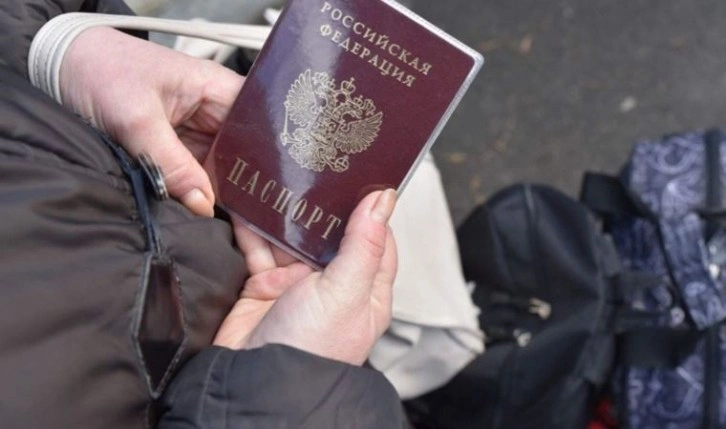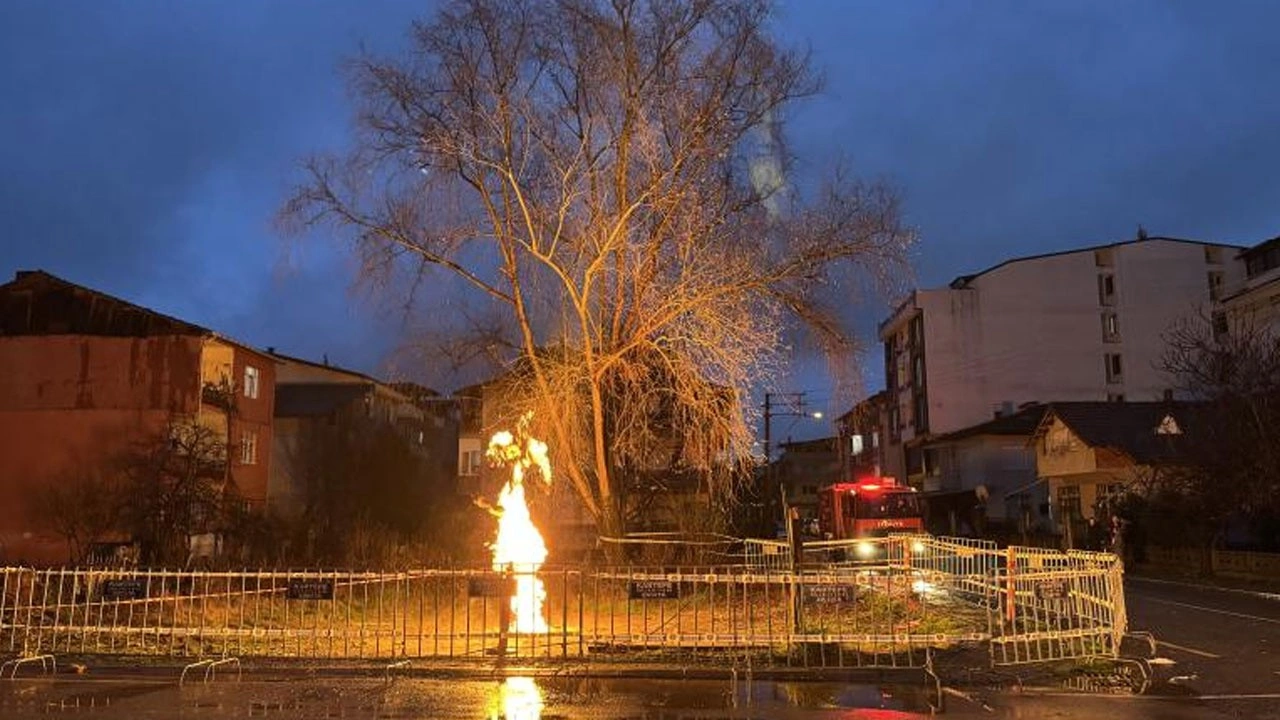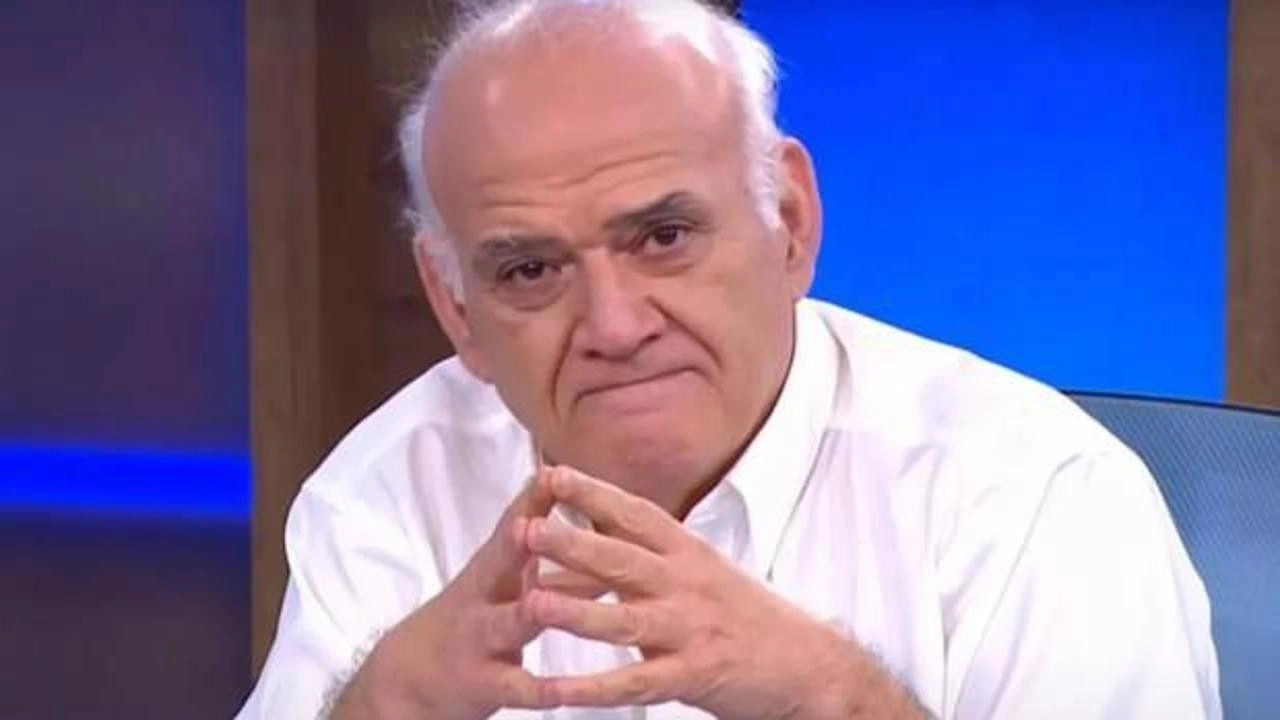
Finland ÖZETİ| has finally followed the Baltic states and Poland in closing its border with Russia, aiming to stem the inflow of thousands of Russians fleeing conscription in their homeland.
The Finnish Foreign Ministry said in a statement sent to Anadolu Agency that entry restrictions entered into force on Friday, Sept. 30 just after midnight and will remain in force until further notice.
The statement said the restrictions are based on the Schengen Borders Code, according to which the entry of third-country nationals requires that they are not considered to be a threat to public policy, internal security, public health, or the international relations of any of the European Union member states.
The 26 EU Schengen states have no border controls once you enter the zone.
“The Russian invasion of Ukraine and the mobilization declared by Russia have changed the security situation in Europe,” the statement said.
“The government deems that the Russian mobilization and the rapidly increasing volume of tourists arriving in Finland and transiting via Finland endanger Finland’s international position and international relations,” it added.
The resolution will not prevent traveling when deemed necessary for humanitarian reasons, for national interests, or to meet Finland’s international obligations.
The lucky ones
“It’s getting panicky in Russia,” said Dmitry, a Russian 24-year-old who crossed the border on Wednesday and asked that his family name not be used. Traveling with his girlfriend, he said only those with money could make the journey.
“For the rest, it’s too late. And they wouldn’t be able to get anywhere anyway if they have no cash,” he said in the Finnish town of Lappeenranta, 30 kilometers (18.6 miles) from the border.
Many were stopped and their cars searched at the Vaalimaa border crossing, roughly three hours' drive (201 kilometers or 125 miles) from Russia's second-largest city, St. Petersburg, he added.
The crossing is one of nine on Finland's border with Russia, the longest in the European Union.
Some 66,000 Russians arrived in the EU in the last week, according to Frontex, the European Union border agency. The agency said the number of arrivals jumped 30% from the previous week, following Russian President Vladimir Putin’s announcement of partial mobilization.
Frontex projected that the number of illegal border crossings into the EU is likely to rise if Russia decides to close its borders to conscripts.
More and more Russian men of military age are seeking to leave Russia, including in the number of applications for a Finnish visa, according to Jussi Tanner, head of the Finnish Foreign Ministry’s consular section.
Under Finnish law, military service or mobilization is not grounds for international protection, but asylum can be obtained if the applicant has good reason to fear persecution, for example, due to their political views.
Some Russians drive straight to the airport in Helsinki and then board flights for Spain, France, or Greece. According to Frontex, more than 1 million Russians have done just that since the invasion.
Asked if there could be a way of stopping this, while not ending cross-border trade and tourism, Kimmo Ahvonen, communications chief at Finland’s Border Guard, said: “Probably not. If they have travel documents and other issues in order and have a possibility to cross the border to the Schengen area it’s hard to just ban only flights forward. The Schengen agreement’s main idea is to have free transit between member states.”
Finnish patience tested
Every evening at 7.30 p.m. for the past few weeks, town hall speakers in Lappeenranta blare out Ukraine’s national anthem. The 73,000-strong Finnish border town is 1,600 km (994 mi) from Ukraine, but memories of Russian aggression are strong here.
“The 1939-40 winter war with Russia is deep in our national psyche. People know their history,” said Arkady Moshes of the Finnish Institute of International Affairs, referring to the World War II Soviet invasion of Finland, before the USSR switched sides.
Russia – with which Finland, an EU member since 1995, shares a 1,287-km (800-mi) border – has threatened to punish the country if it joins NATO after applying to do so earlier this year after Russia’s Feb. 24 attack on Ukraine.
Some 3,330 Russians live permanently in Lappeenranta. In a normal year, before the pandemic, Lappeenranta would have 1.8 million Russian visitors – on average 4,000 Russians a day. After Putin’s call-up, there were perhaps 600 Russian visitors a day. Russian visitors would spend an estimated €1 million (around $982,000) a day in the South Karelia region, of which Lappeenranta is the largest urban area. Around 800 people are employed thanks to Russian visitors to Lappeenranta's shops.
In normal times, many Lappeenranta locals also have long-term Russian visas. Many retired people were used to driving across the border to buy cheap petrol in Russia.
Trade between Finland and Russia has a long tradition, but in later years some businesses pulled out.
“The number of Russian visitors fell significantly after the occupation of (Ukraine’s) Crimea in 2014, and Russian tourism into Finland plummeted during the COVID-19 pandemic,” said Pasi Kuoppamaki, chief economist at Danske Bank.
“I do not think it would be possible to restrict Russian visits to the Finnish border towns. That would mean erecting a special border just for Russians. In principle, there could be a special economic zone at the border with its own border control, but there are no plans for such a thing and I think it would not make much sense politically or economically,” he added.
“Not all Russians are criminals and spies, but we need to show strong solidarity with Ukraine,” he urged.
www.idrak34.comEditor : Şerif SENCER















